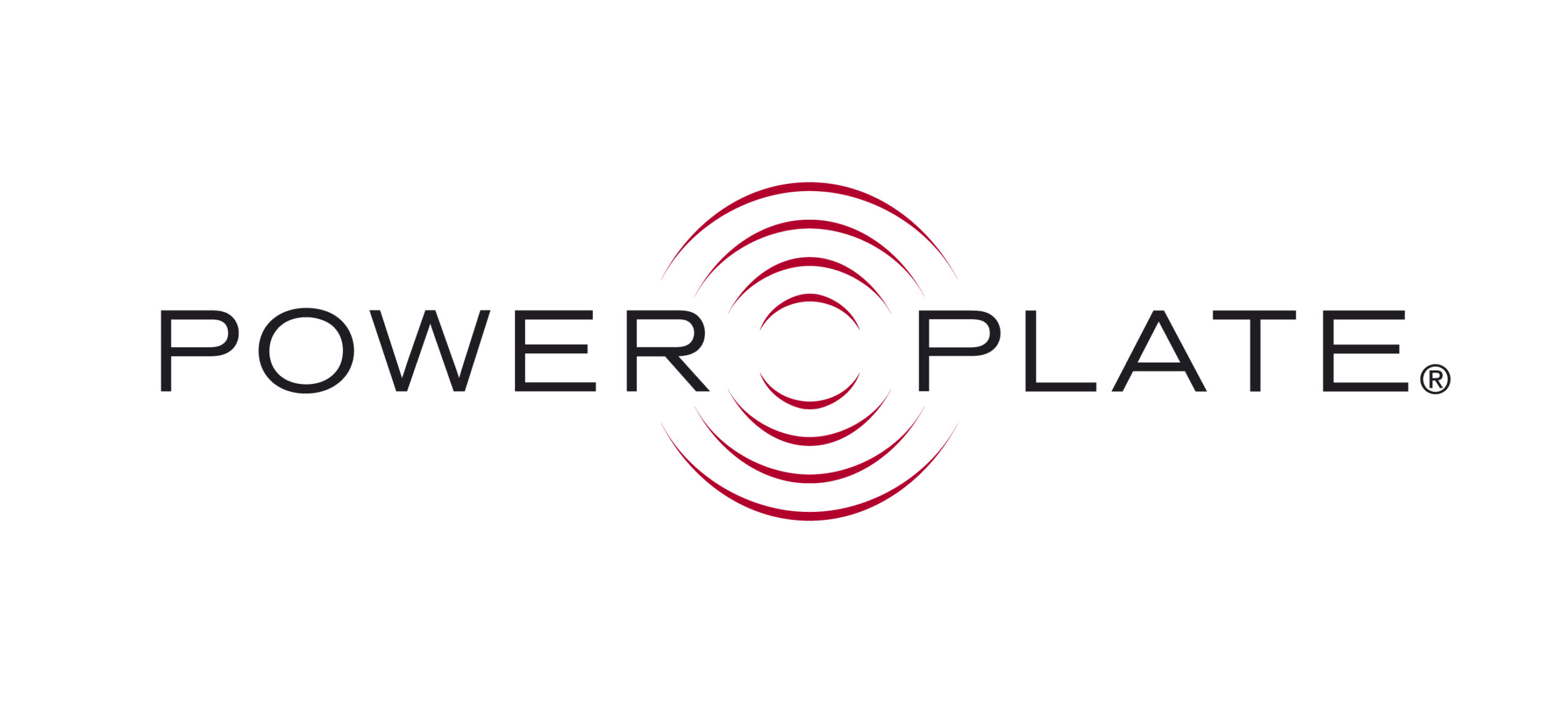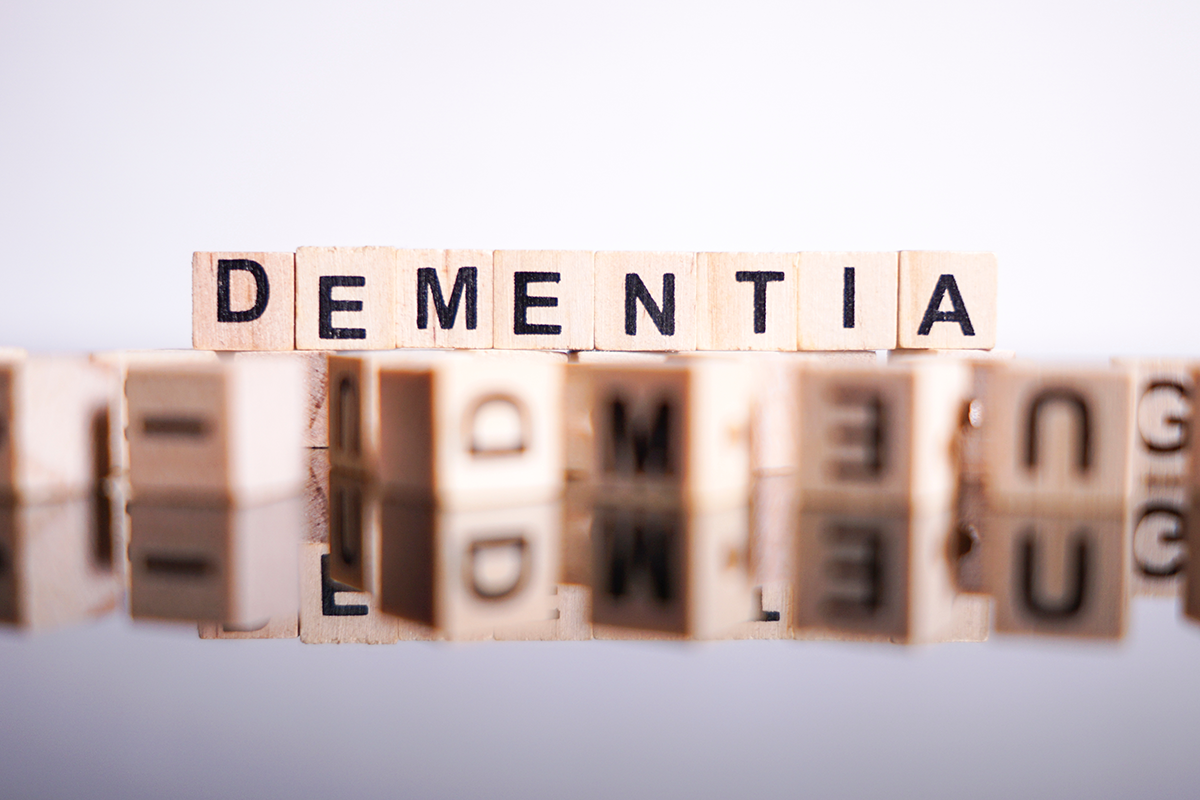Scientists from two of Japan’s leading medical institutes have published exciting new research about improving cognition in dementia. Their study concluded that Whole Body Vibration, delivered by Power Plate, increased cerebral blood flow and enhanced cognitive function in patients with mild cognitive impairment, a pre-clinical stage of dementia.
Increasing cerebral blood flow
Using advance brain imaging technologies, these researchers discovered increased regional cerebral blood flow ratio (rCBF) in the parietal and occipital lobes of the brain.
Due to the lack of effective drug therapies for Alzheimer disease, “preclinical and non-medical interventions are essential for preventing and treating cognitive decline in patients with mild cognitive impairment”1. This makes Power Plate a critical tool in mitigating the progression of cognitive decline.
The conclusions of this research support and strengthen other high quality clinical research studies on WBV for improving cognition in dementia.
Improving quality of life
In 2018 a Korean study2 measured the effects of EEG activation and cognitive function in a group of women with senile dementia and found a significant improvement after whole body vibration exercise intervention. This presented whole body vibration as a fesible intervention for improving quality of life in patients with senile dementia. Their muscle spindles and sensory organs are stimulated by tthe vibration, with no burden of physical activity. As a result their EEG activation and cognitive function are enhanced through the responses of the neuromuscular system.
WBV protocols for Alzheimers patients
A meta-review3 published in 2021 evaluated research relating to the impact of mechanical-wave modalities on the pathology of Alzheimers. This systematic review recommended the following WBV protocols as seemingly most effective:
- vertical vibration, as only this type of vibration is used for cognitively impaired subjects;
- frequency of 20–40 Hz
- special emphasis on 30-Hz vibration and increased frequency over time
- amplitude of vibration of 2 mm
- a training volume of 4–6 min per session, two to four sessions per week (there is a tendency for shorter session duration in demented patients compared with non-demented subjects)
References
1Odano I, Maeyatsu F, Asari M, Yamaguchi S, Miura T, Taki Y. (2021) Whole-body vibration exercise and training increase regional CBF in mild cognitive impairment with enhanced cognitive function [published online ahead of print, 2021 Nov 11]. Ann Nucl Med. 2021;10.1007/s12149-021-01687-4. https://doi.org/10.1007/s12149-021-01687-4
2Kim, K. H., & Lee, H. B. (2018). The effects of whole body vibration exercise intervention on electroencephalogram activation and cognitive function in women with senile dementia. Journal of exercise rehabilitation, 14(4), 586–591. https://doi.org/10.12965/jer.1836230.115
3Monteiro et al. (2021). Multi-mechanical waves against Alzheimer’s disease pathology: a systematic review. Transl Neurodegener (2021). 10:36
https://doi.org/10.1186/s40035-021-00256-z

